Search
Search Results

Definition
Despotate of the Morea
The Despotate of the Morea was a semi-autonomous appanage of the later Byzantine Empire. The Byzantines retook part of the Peloponnese in Southern Greece in 1262 CE, but the Morea was only officially governed by semi-autonomous despots of...
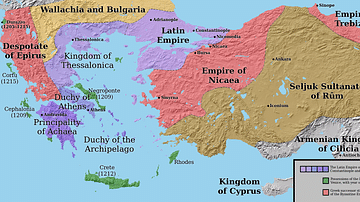
Definition
Empire of Nicaea
The Empire of Nicaea was a successor state to the Byzantine Empire, or rather a Byzantine Empire in exile lasting from 1204 to 1261 CE. The Empire of Nicaea was founded in the aftermath of the sacking of Constantinople during the Fourth Crusade...
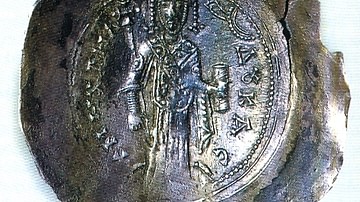
Definition
Despotate of Epirus
The Despotate of Epirus was one of the successor states of the Byzantine Empire when it disintegrated following the Fourth Crusade's capture of Constantinople in 1204 CE. It was originally the most successful of those successor states, coming...
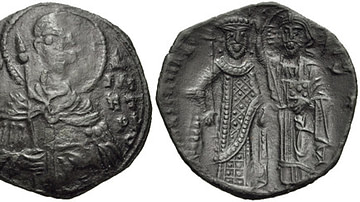
Definition
Thessaly and the Duchy of Neopatras
Thessaly was an independent state in medieval Greece from 1267 or 1268 to 1394 CE, first as the Greek-ruled Thessaly and later as the Catalan and Latin-ruled Duchy of Neopatras. Under its sebastokrators, Thessaly was a thorn in the side of...
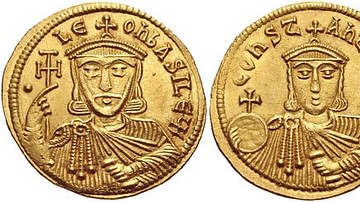
Definition
Leo V the Armenian
Leo the V the Armenian was emperor of the Byzantine Empire from 813 to 820 CE. He was of Armenian descent and the last ruler of the Isaurian dynasty which had been founded by Leo III (r. 717-741 CE). The emperor's reign, after early military...
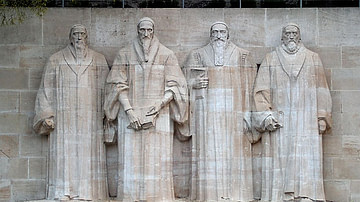
Image
Reformation Wall
William Farel (c. 1489-1565), Théodore de Bèze (1519-1605), John Calvin (1509-1564) and John Knox (1514-1572), stone monument portraying prominent figures of the Protestant Reformation, by Paul Landowski and Henri Bouchard, 1909.
Geneva.
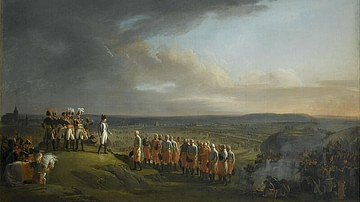
Image
Capitulation at Ulm, 20 October 1805
French Emperor Napoleon I (r.1804-1815) accepts the surrender of an Austrian army under General Mack on 20 October 1805, after the Ulm Campaign. Oil on canvas painting by René Théodore Berthon, c. 1805-1810.
Palace of Versailles.

Image
USAAF Bombing Berlin, 1944
A photograph taken in May 1944 of a United States Air Force B-17 Flying Fortress bomber over Berlin. The bomber has been damaged by bombs dropped from another plane in the formation. (Franklin D. Roosevelt Presidential Library and Museum)

Article
The Impact of Prejudice on the History of Great Zimbabwe
Between 850 BCE and 1600 CE, great civilizations thrived in Africa, yet few non-Africans have learned about them. While some may be familiar with the achievements of ancient Egypt, most of our knowledge of African history is tainted by the...
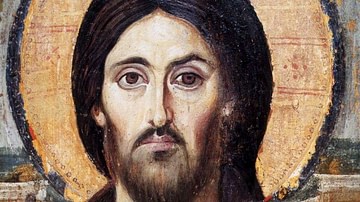
Article
Byzantine Icons
Icons, that is images of holy persons, were an important part of the Byzantine Christian Church from the 3rd century CE onwards. Venerated in churches, public places, and private homes, they were often believed to have protective properties...